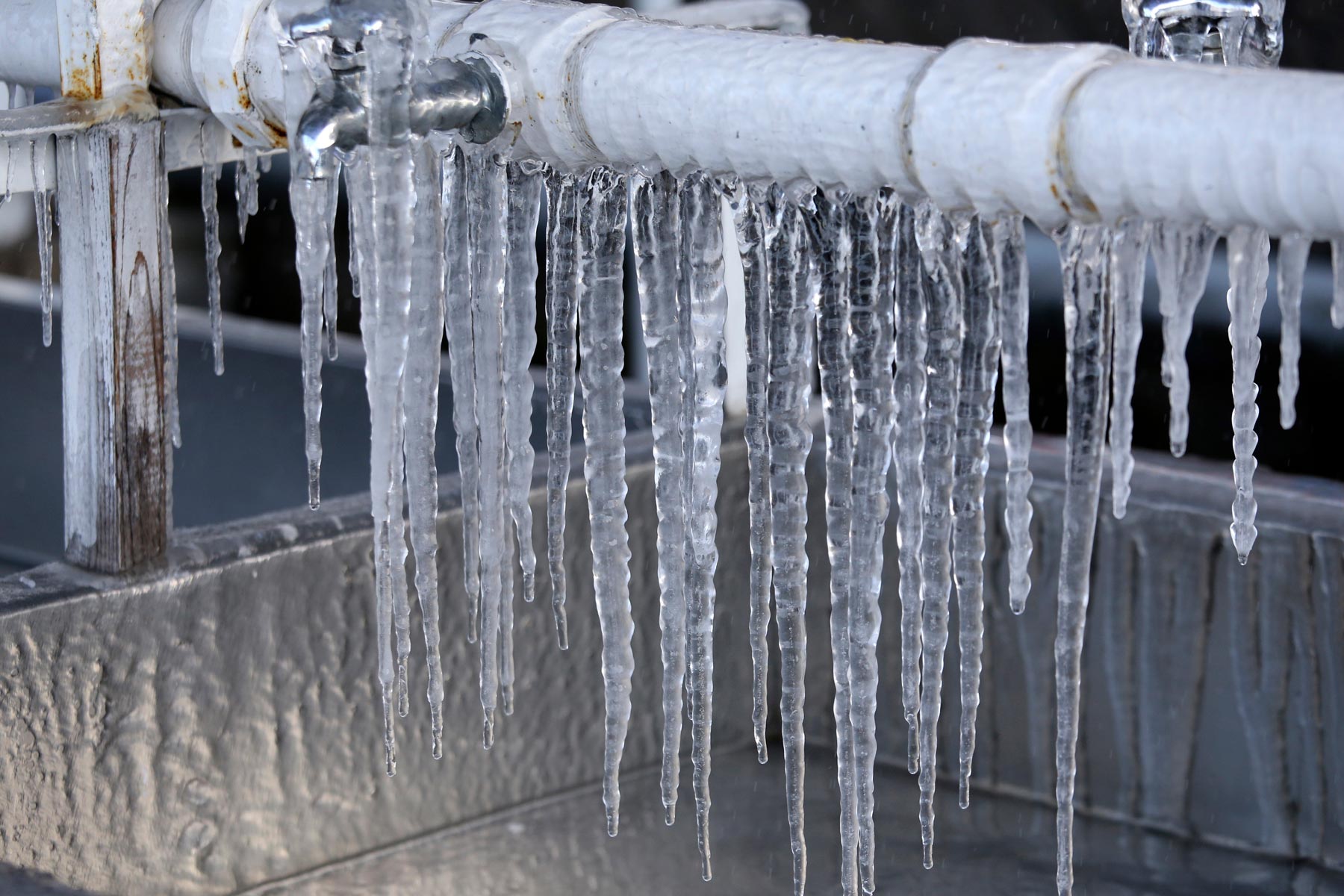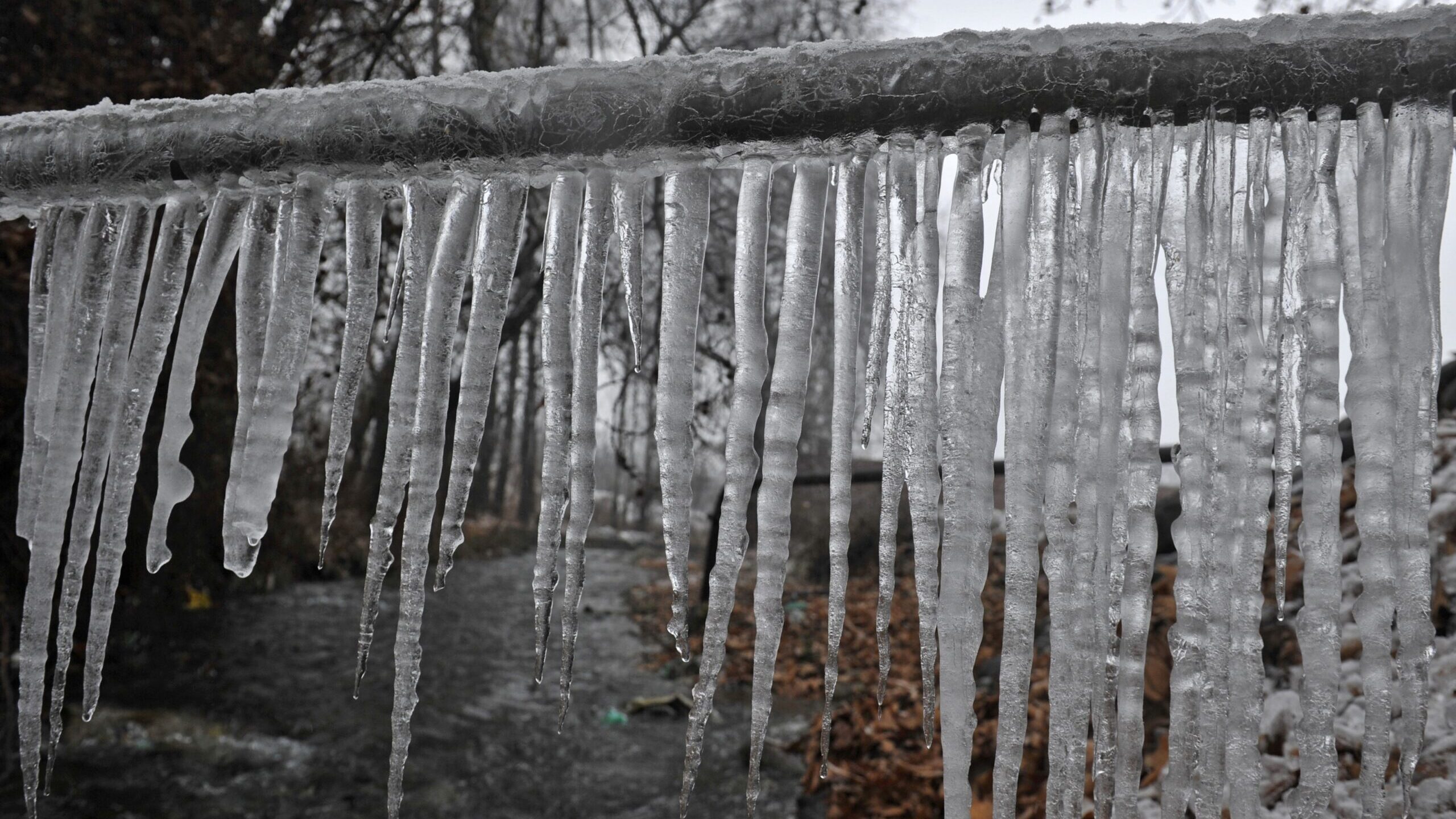Presented here below you might get additional good quality guidance when it comes to How To Avoid Freezing Pipes.

Cold weather can ruin your pipes, especially by freezing pipes. Below's exactly how to avoid it from happening and what to do if it does.
Intro
As temperatures decline, the danger of frozen pipelines increases, possibly resulting in pricey fixings and water damage. Recognizing how to stop frozen pipes is critical for homeowners in cold climates.
Prevention Tips
Protecting susceptible pipes
Cover pipelines in insulation sleeves or utilize warmth tape to shield them from freezing temperatures. Concentrate on pipelines in unheated or exterior areas of the home.
Home heating methods
Keep interior areas properly heated, particularly areas with pipes. Open up closet doors to allow cozy air to distribute around pipes under sinks.
Exactly how to determine frozen pipes
Look for lowered water circulation from taps, unusual odors or noises from pipes, and visible frost on revealed pipelines.
Long-Term Solutions
Structural adjustments
Consider rerouting pipelines away from exterior wall surfaces or unheated areas. Add extra insulation to attic rooms, basements, and crawl spaces.
Upgrading insulation
Buy top notch insulation for pipes, attic rooms, and walls. Correct insulation assists maintain constant temperatures and reduces the danger of icy pipes.
Shielding Outside Pipes
Garden pipes and outdoor faucets
Separate and drain pipes garden hose pipes prior to winter. Set up frost-proof faucets or cover outdoor faucets with protected caps.
Recognizing Frozen Pipelines
What creates pipelines to ice up?
Pipelines ice up when revealed to temperatures below 32 ° F (0 ° C) for expanded durations. As water inside the pipelines ices up, it increases, taxing the pipeline wall surfaces and possibly creating them to rupture.
Threats and problems
Icy pipelines can bring about water system interruptions, property damage, and pricey fixings. Ruptured pipelines can flooding homes and cause comprehensive architectural damage.
Signs of Frozen Pipeline
Determining frozen pipelines early can prevent them from breaking.
What to Do If Your Pipelines Freeze
Immediate activities to take
If you think icy pipes, maintain taps available to alleviate stress as the ice melts. Utilize a hairdryer or towels taken in hot water to thaw pipes gradually.
Conclusion
Stopping frozen pipelines needs aggressive steps and fast actions. By comprehending the reasons, signs, and safety nets, property owners can shield their plumbing during winter.
5 Ways to Prevent Frozen Pipes
Drain Outdoor Faucets and Disconnect Hoses
First, close the shut-off valve that controls the flow of water in the pipe to your outdoor faucet. Then, head outside to disconnect and drain your hose and open the outdoor faucet to allow the water to completely drain out of the line. Turn off the faucet when done. Finally, head back to the shut-off valve and drain the remaining water inside the pipe into a bucket or container. Additionally, if you have a home irrigation system, you should consider hiring an expert to clear the system of water each year.
Insulate Pipes
One of the best and most cost-effective methods for preventing frozen water pipes is to wrap your pipes with insulation. This is especially important for areas in your home that aren’t exposed to heat, such as an attic. We suggest using foam sleeves, which can typically be found at your local hardware store.
Keep Heat Running at 65
Your pipes are located inside your walls, and the temperature there is much colder than the rest of the house. To prevent your pipes from freezing, The Insurance Information Institute suggests that you keep your home heated to at least 65 degrees, even when traveling. You may want to invest in smart devices that can keep an eye on the temperature in your home while you’re away.
Leave Water Dripping
Moving water — even a small trickle — can prevent ice from forming inside your pipes. When freezing temps are imminent, start a drip of water from all faucets that serve exposed pipes. Leaving a few faucets running will also help relieve pressure inside the pipes and help prevent a rupture if the water inside freezes.
Open Cupboard Doors
Warm your kitchen and bathroom pipes by opening cupboards and vanities. You should also leave your interior doors ajar to help warm air circulate evenly throughout your home.

Do you appreciate more info about 6 Ways to Prevent Frozen Pipes? Put feedback down below. We'd be pleased to see your ideas about this review. We hope that you visit us again later on. If you please take the time to distribute this blog posting if you appreciated it. Thank you for going through it.
View More